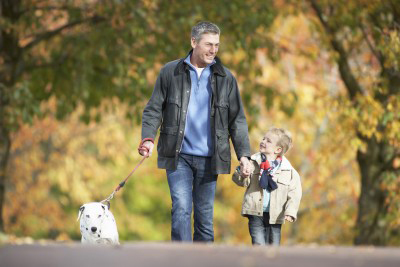
Understanding Your Adopted Pets Behavior
Misunderstanding of dog behavior and an inability to train a dog are common reasons why some dog adoptions don’t “stick”. Adopted dogs are at risk of being returned to the shelter if their owners aren’t able to effectively communicate to their new dog and control their behavior. In an effort to reduce the re-surrender of dogs in Gloucester County, PET SAVERS provides a free training session to those who adopt dogs from the Gloucester County Animal Shelter. These training sessions are coordinated by the shelter for new adopters and paid for by PET SAVERS. So don’t let a lack of knowledge stop you from adopting! Ask the GCAS about these sessions when you apply to adopt one of their dogs.
First cancer treatment for Dogs Approved by FDA
Palladia (Toceranib Phosphate) has been approved for the treatment of canine mast cell tumors. Canine mast cell tumors account for about 20% of skin tumors in dogs. Like most chemotherapy, there are side effects associated with Palladia, including diarrhea, loss of appetite and weight loss.

Dog Parks
Dog Parks are a great way for you and your dog to get some exercise, socialize and play with other dogs . There are many dog parks to enjoy in New Jersey, including the Washington Township Dog Park located along the banks of Grenloch Lake at Ron Heck Memorial Park in Grenloch and Cherry Hill's Pooch Park broken.
Make sure that you keep several things in mind, including your dogs energy level, comfort with other animals, and the rules of the specific park you are visiting (on- or off-leash, for example).
Nan Talleno, certified canine behavior specialist and professional dog trainer advises dog owners to build a strong but loving bond before letting your dog off-leash to ensure a positive park experience for you and your pooch!
For more information visit Nan Talleno on the web at www.peaceinthepack.com.
Walking your dog
When you're walking your dog, it's only natural for them to pull but this is dangerous for both you and your dog. Pulling can cause leg, shoulder and neck injuries for your dog. While "old school" methods involved a contest of wills, current more animal friendly training techniques emphasize a less physical approach that encourages rewarding cooperation.
One simple method you might try is to start by simply putting a treat in front of your dog's nose while he's sitting in front of you on leash. The back up so he follows the treat while you hold the leash. After a few steps, turn so he's walking forward at your side. Take a few more steps, stop, have the dog sit and give him the treat. If he starts to pull or charge, back off and repeat the process of offering the treat and getting him to turn and follow.
Remember to reward the behavior you want. As soon as the dog starts to move forward at your side, say "Yes!" and give him the treat. Saying "Yes!" will "mark" the behavior and the treat reinforces it. And most importantly, be patient. Patient positive reinforcement and consistency is the best approach. You could also try a Weiss Walkie.
DOGgone Good - Suggested Readings
Fido Friendly Magazine is a Dog "Travel & Lifestyle" publication
Modern Dog Magazine for the modern dog and companion
For more information, tips and stories about dogs, check out Dog Channel on the web
There are many shelter dogs at GCAS that are ready for a good home. Click here to see the available animals.
Special classes for dog owners who adopt from GCAS!! Click here for more information.



